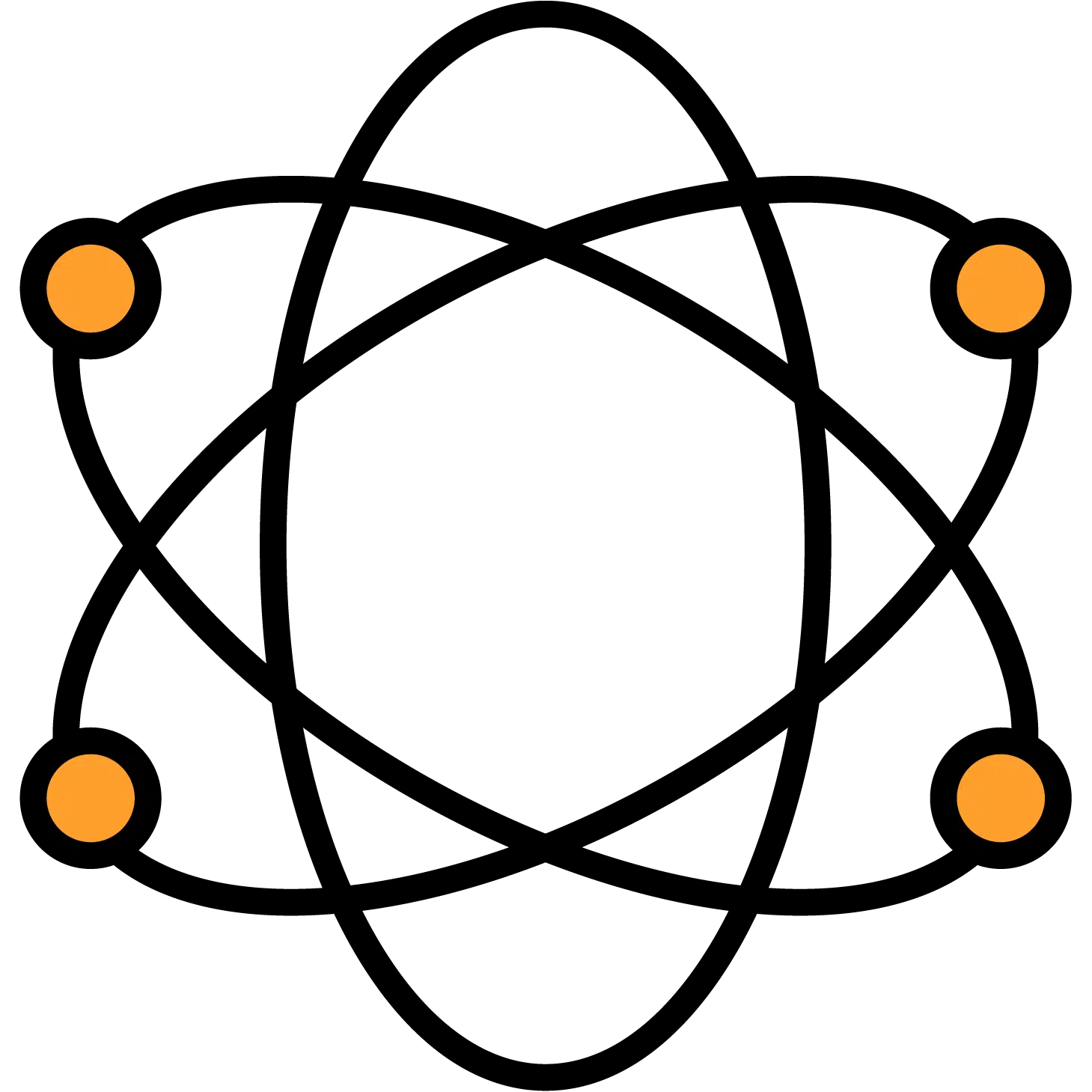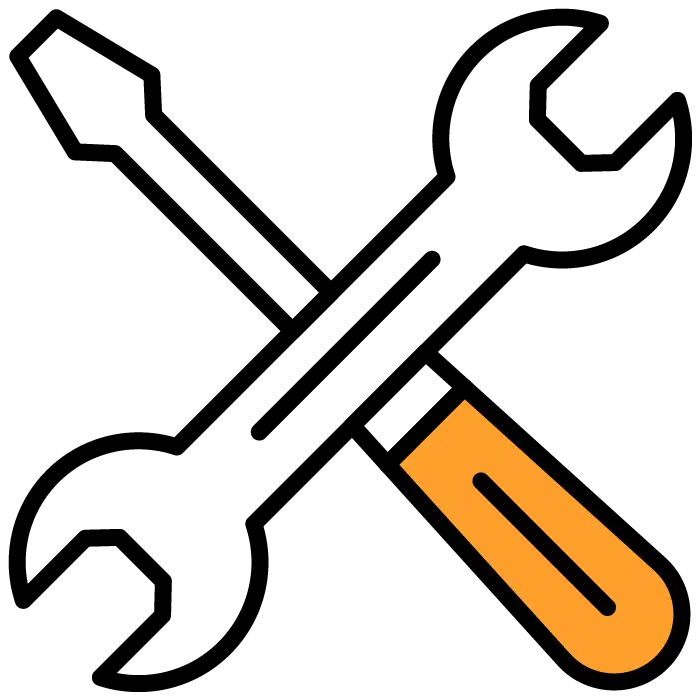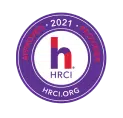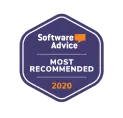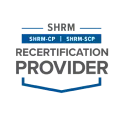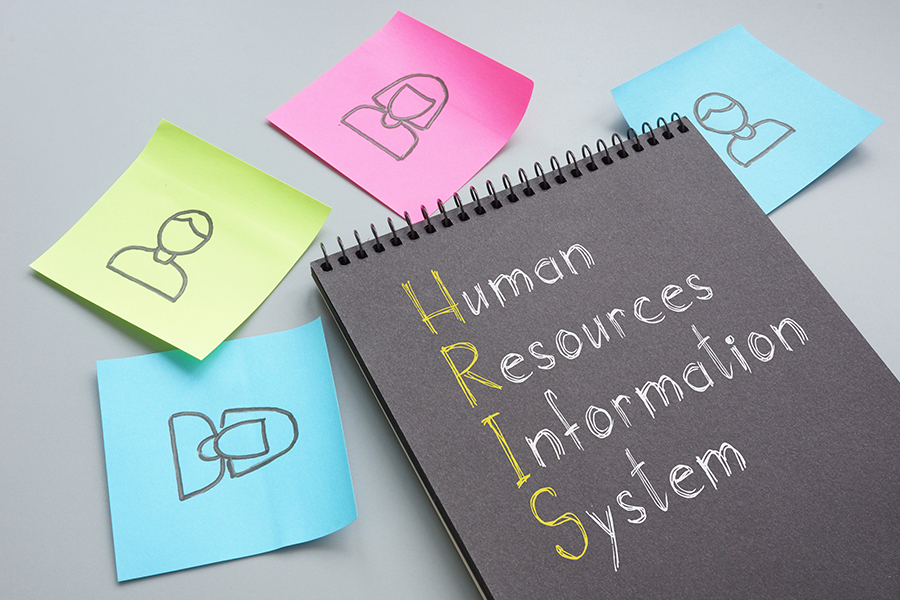Is your hiring process taking much longer than it should? Most often, trouble starts as soon as candidates apply. You spend hours sorting through resumes, not to mention all the back-and-forth of scheduling interviews and looking for a needle in a haystack. This takes up valuable time that you could use on higher-value tasks.
The best solution is to use an Applicant Tracking System (ATS).
An ATS helps you manage the whole recruitment process, from posting jobs to making an offer.
We’ll dig into the benefits of applicant tracking systems, what ATS do and how they work. We’ll also look at some crucial advantages that you won’t want to miss.
Start Filling Jobs Faster — Right Now
Meet with our hiring coaches today to see how AI can slash 90% of the time from your hiring process. Start filling jobs faster right away, with 10x higher quality people.
What Is an Applicant Tracking System?
An Applicant Tracking System, or ATS, is a software program that helps employers and recruiters manage the whole hiring and recruitment process. The ATS can assist with each step from job ad to job offer: integrating with job boards, ranking applications, contacting candidates as needed, and more.
Of course, the Applicant Tracking System doesn’t replace the good judgment of a recruiter or hiring manager. Instead, it helps automate routine tasks like seeing how well candidates match the job profile or sending out rejection emails.
Can an ATS actually check references for you? See our article: 15 Applicant Tracking System Features to Look For
How Do Applicant Tracking System Work?
While individual Applicant Tracking Systems vary, all work in broadly similar ways, with an online interface for both the employer and the candidate.
Candidates apply straight into the ATS. The ATS ranks them based on how well they match the “ideal” profile for the role, and the hiring manager or recruiter decides which candidates to move forward with.
The ATS also automates interview scheduling, sends emails, and even handles job offer documentation. Everything is secure and can only be accessed by employees with the correct access permissions.
15 Benefits of Applicant Tracking Systems for Hiring
Whether you’re looking to cut costs, hire faster, avoid bias, ensure compliance, or avoid admin errors in hiring, an ATS can help. Here are 15 key benefits of Applicant Tracking System features.
1.
Make Better Hires
One of the biggest benefits of an applicant tracking system is that it’ll help you make better hires. Companies often hire the wrong candidates because they rush to fill a role too quickly.
If your hiring process is too slow, you risk missing out on top talent. Using an ATS means you can (A) instantly identify the best candidates and (B) move more quickly and effectively.
In fact, 78.3% of recruiters who use an ATS say it has improved the quality of candidates they hire.
2.
Automate Tedious Administrative Tasks
About 94% of recruiters and talent managers who use ATS and recruitment software say it has improved their hiring process. And that’s no surprise.
Your ATS will (uncomplainingly!) handle a progression of tedious, time-consuming tasks for you, like submitting your job ad to multiple different job boards, automatically tracking candidates’ details and the date of their application, and checking resumes for specific skills and experience.
3.
Stop Wasting Time on Bad-Fit Candidates
Whatever role you’re hiring for, you’ll get some applications from candidates who simply don’t meet your basic criteria. And even a few minutes glancing through cover letters and resumes for those poor matches can quickly add up.
Your ATS will save you so much time here. By ranking candidates for you, it’ll make it clear who has what you need — and who doesn’t even come close. You can then reject those poor-fit candidates with just a click or two.
Paying for an ATS by the employee can cost as little as $2 per employee per month. See our article: Applicant Tracking System Cost.
4.
Post Jobs Quickly
One big time sink when you’re hiring is getting the job description out there. Of course, you know it’s important to publicize the role widely, so you can get plenty of applicants — but copying and pasting the same details onto yet another job board is incredibly tedious.
Your ATS can automatically post jobs for you, through clever integrations with a whole range of popular jobs boards. This benefit of applicant tracking systems not only saves time, it ensures that jobs are posted in the right format for each specific board.
5.
Easy Collaboration
Another issue that many companies struggle with when hiring is how to manage the process when several different people need to be involved.
An ATS solves lots of collaboration issues instantly. You can make notes on candidates for others in your organization, you can vet applicants from your talent pool more carefully, and all stakeholders can view details like contact logs.
That way, you won’t have candidates slipping through the net because everyone thinks someone else sent that email or made that phone call.
6.
Reduce Your Cost-Per-Hire
Recruiting isn’t cheap. And that in itself might make you question the benefits of an ATS. You might be reluctant to spend additional money on software.
But a cost-benefit analysis of applicant tracking systems can show how they save you money. Your ATS will free up hiring managers’ time (by tackling admin tasks), make the whole hiring process faster, and help you avoid wasted costs. It’ll also get you to the right hires faster, so you don’t waste resources onboarding a bad hire.
7.
Reduce Job Ad Bounce Rate
Are qualified candidates viewing your job ad — then vanishing without a trace? Your job-ad bounce rate measures how many people visit the job, then leave without taking any action.
If your job ad is poorly written, badly formatted, or unclear, it’s no surprise that candidates won’t be interested in applying.
Your ATS will help you to write and design a job ad that looks great and catches the eyes of top candidates. Popular ATS software also integrates with job boards like Indeed, LinkedIn, Monster, TotalJobs, and many more, broadening your reach without ballooning your time and costs.
Almost 99% of Fortune 500 companies use an ATS. See our Complete Guide to Applicant Tracking Systems.
8.
Reduce Time-to-Hire
One of the biggest benefits of using an applicant tracking system is that it’ll reduce your time to hire. A short time to hire means you won’t miss out on top talent (as many as 57% of job seekers say they’ll lose interest in the job if the hiring process is too long).
A key way your ATS can help is by handling a large volume of applications. It’ll also keep applicants’ resumes organized and on file so you can quickly and easily turn back to the same candidate pool in future.
86.1% of recruiters said that using an ATS had decreased their time-to-hire—and 21.7% of recruiters believed their ATS had “greatly increased” the speed at which they hired.
9.
Energize Your Employer Branding
Many ATS’ let you create branded careers pages that look modern and professional, helping you make a lasting first impression. You can also add your employer branding to emails and other client-communication.
A good ATS will also offer a seamless application process, saving candidates’ time. You’ll be able to communicate promptly and efficiently with candidates: for instance, the ATS will automatically contact your candidates when you move them to the next stage in the hiring process.
10.
Quickly Scale Your Hiring Pipeline
Some recruiters and hiring managers get along fine with makeshift systems while hiring for a single role. Then they run into issues when they need to recruit for several positions at once.
With an ATS, you don’t need to keep reinventing the wheel. You can set up an ideal candidate profile and use it again and again. You can turn back to stored resumes to contact previously unsuccessful candidates, if a new role opens up that might be perfect for them. And you won’t need to worry about bottlenecks in the process: the ATS can handle things like getting new hires to sign their paperwork, before automatically submitting it to HR.
The bigger your organization and the more hiring you do, the more crucial an ATS is: 98.2% of Fortune 500 companies use an ATS.
11.
Simplify Your Onboarding
The hiring process doesn’t end the moment you send out an offer letter. It extends to onboarding — and beyond. All too often, though, onboarding becomes an afterthought.
As well as giving you the other benefits of applicant tracking systems, an ATS will simplify the onboarding process for you.
It can get paperwork to your new hires, transfer details into others systems as appropriate, and store documents securely so they can be accessed at a later time. Most ATS systems will also integrate with HR and payroll software too.
12.
Manage Candidates from a Single Platform
Instead of logging into multiple systems, copying and pasting information, and risking missing key details, your ATS lets you handle everything candidate-related within a single platform.
Whether you’re sending an email, rescheduling an interview, or looking up a candidate’s reference details, you can handle it all within your ATS.
Your hiring managers and HR team can also get up to speed faster, because they’ll only have a single platform to come to grips with.
13.
Vastly Improve Candidate Experience
As a recruiter or hiring manager, it can be tricky to remember what it was like to be on the other side of hiring, when you were a candidate for your job.
For candidates, the hiring process can often seem long and opaque. They may find themselves waiting for months to hear back after an application, or never hearing anything at all.
Don’t underestimate how much candidate experience matters. As many as 49% of candidates have turned down a job offer due to a bad recruiting experience.
14.
End Hiring Bias
Very few hiring managers and recruiters are deliberately biased — but it’s hard to avoid unconscious bias creeping in. An ATS helps you avoid bias by ranking candidates based on objective criteria, like their skills and employment history.
Some ATS systems even have “blind hiring” features to remove details like applicants’ names, ages, gender, race, and photos.
Your ATS system may also let you deliver pre-employment tests, letting you screen candidates based on their performance. This benefit of applicant tracking systems helps you make informed decisions based on an applicant’s true talents.
15.
Measure to Improve
Using an ATS can help you track key hiring-related metrics. This makes it easier to improve your hiring process in the future. For instance, you could track the total time to hire, but you could also look at the time between receiving applications and responding to candidates.
If the metrics highlight a particular issue, you can then address that and measure the improvement in your next round of hiring.
ATS Features
The best applicant tracking systems deliver a robust list of features that erases most of the busywork from your hiring process. They can automatically:
- Screen resumes and applications
- Track candidates
- Write and manage candidate communication
- Conduct one-way video interviews
- Check references
- Schedule interviews
- Administer skills tests
- Write and place job ads
- Manage onboarding
- Store data in a cloud-based system
- Send text messages
- Conduct behavior based assessments
- Provide interview guides
- Create and manage career pages
- Automate workflows
- Use candidate scorecards
- Create custom tests
- Fully customizable
- Deliver time-saving AI integrations
Summary
Using an Applicant Tracking System (ATS) has wide-ranging benefits for recruiters, hiring managers, HR teams, and organizations in general.
It makes the hiring process faster and much more efficient, delivers an outstanding candidate experience, and makes it easy for multiple people to be involved in hiring.
Want to take advantage of the benefits of applicant tracking systems? Check out the benefits and features of DiscoveredATS, or book a call with us today.
